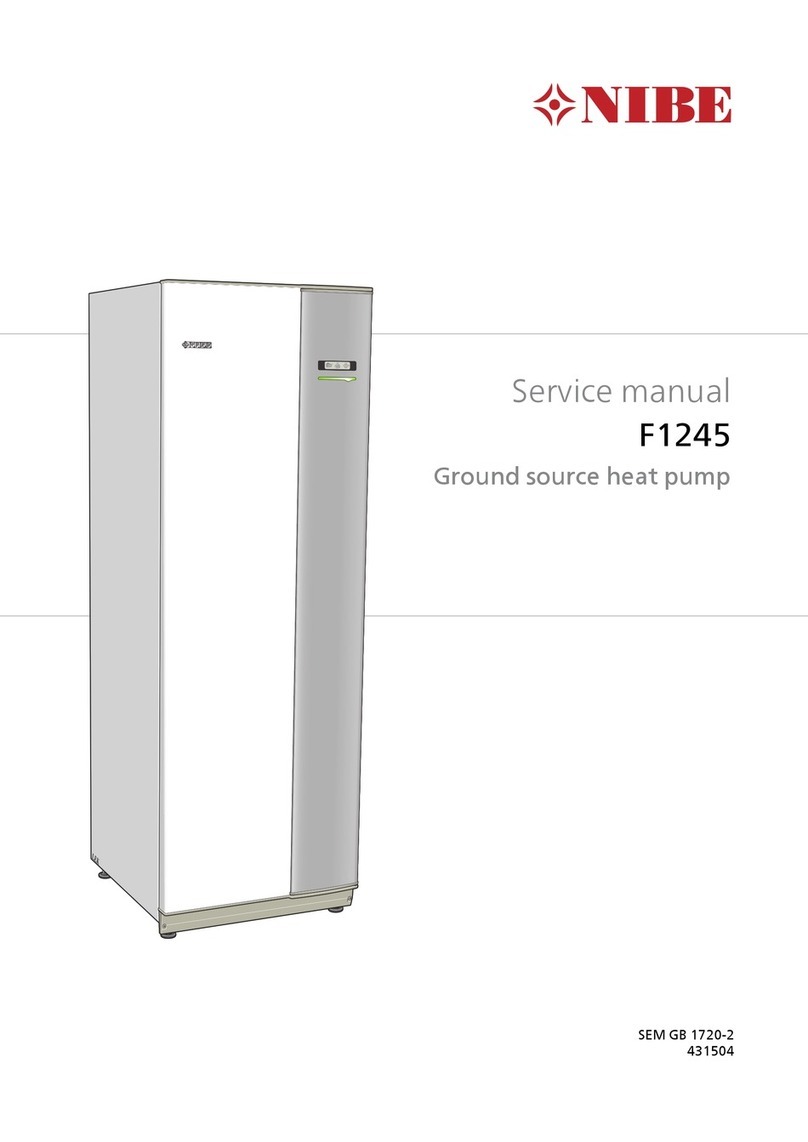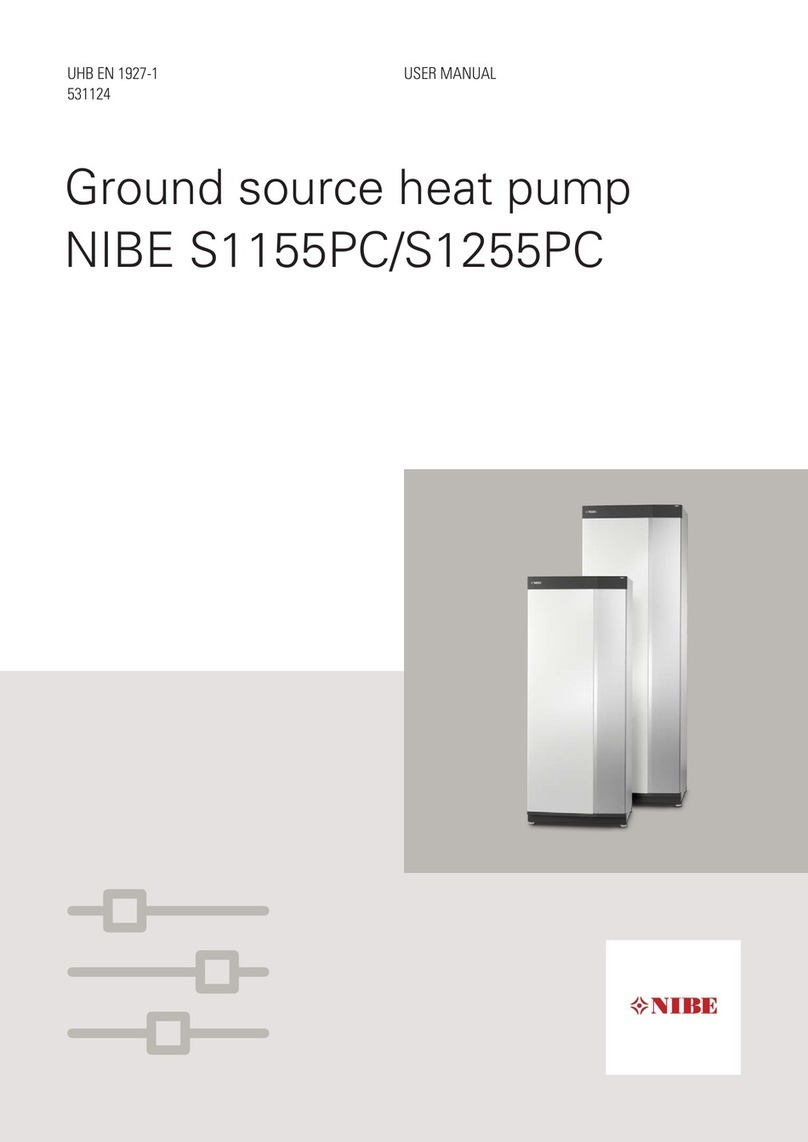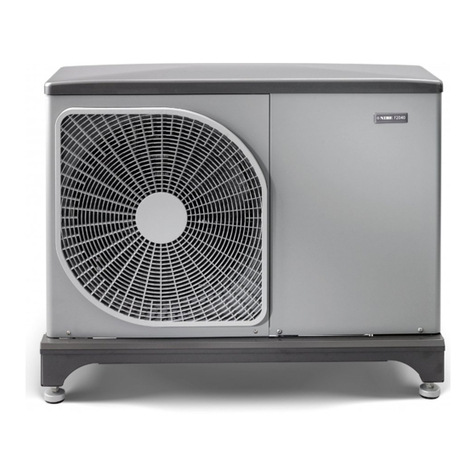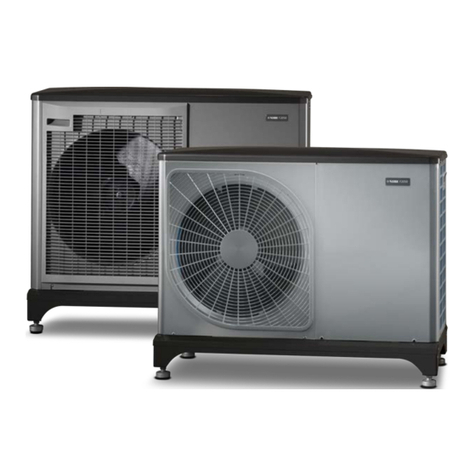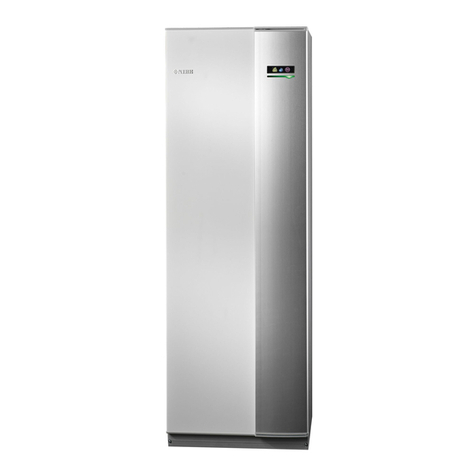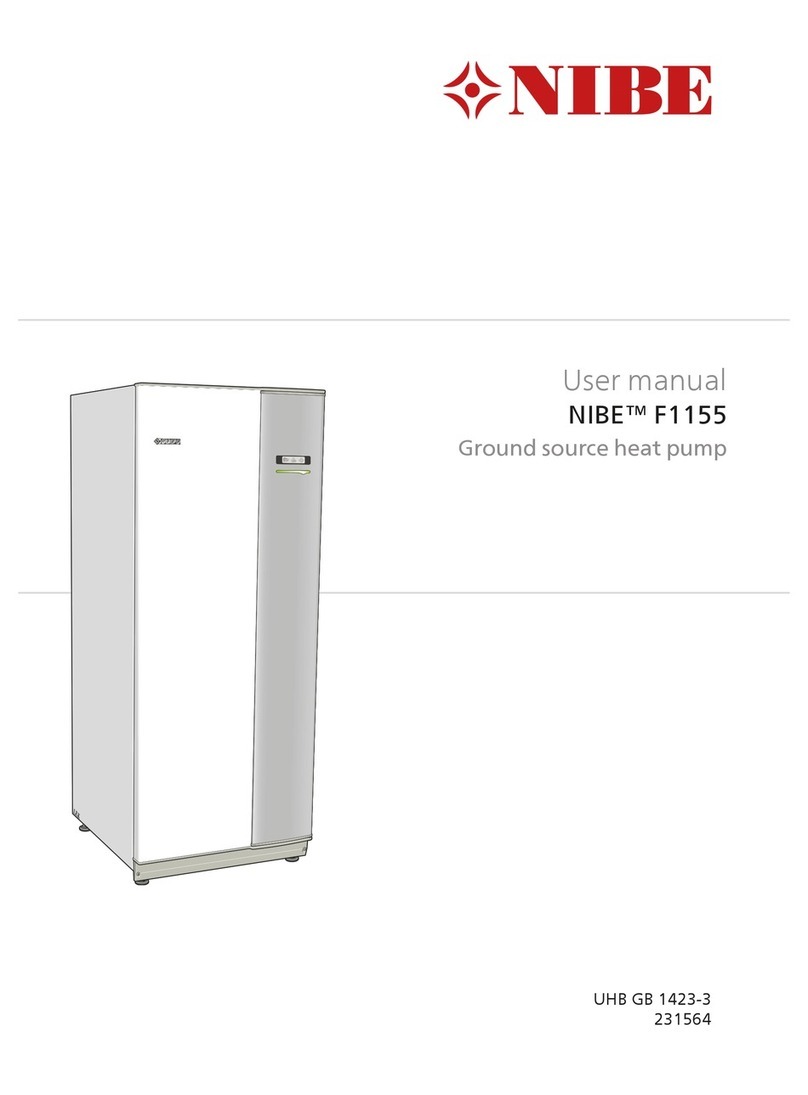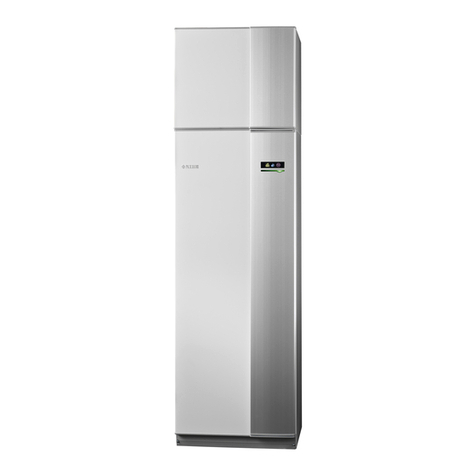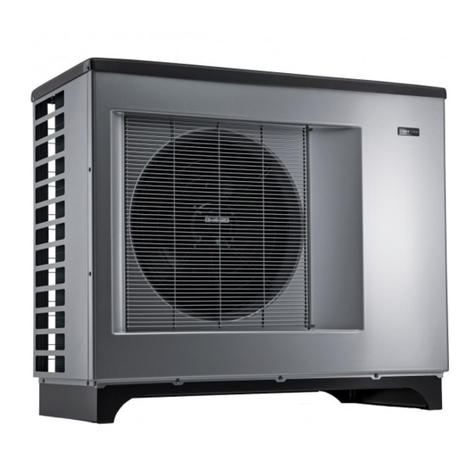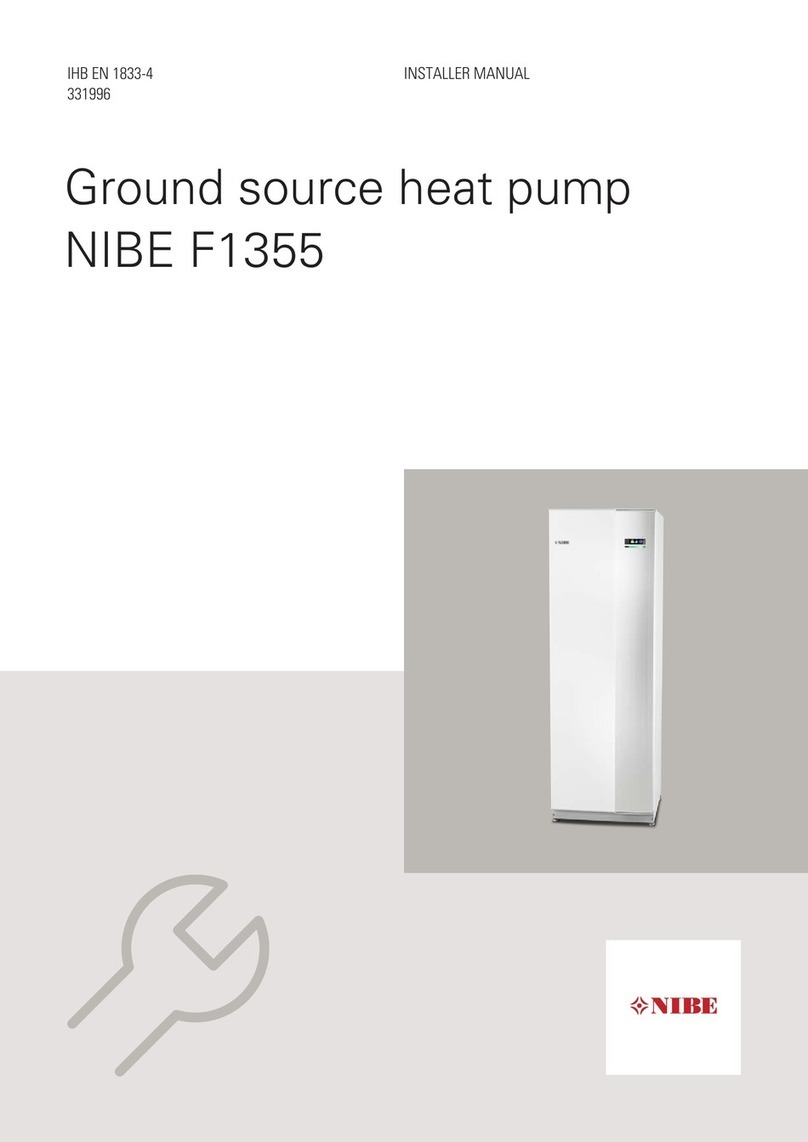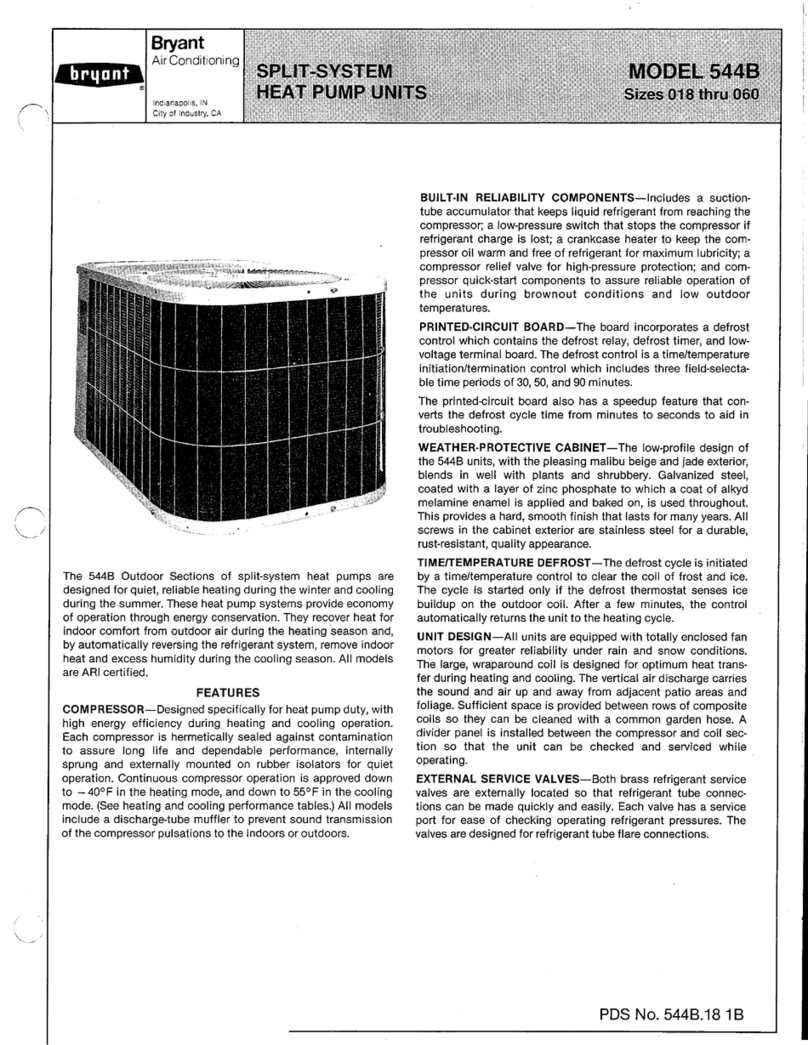Nibe F110 User guide
Other Nibe Heat Pump manuals

Nibe
Nibe F1255 Series User guide

Nibe
Nibe F470 User guide

Nibe
Nibe F2040 Series User manual
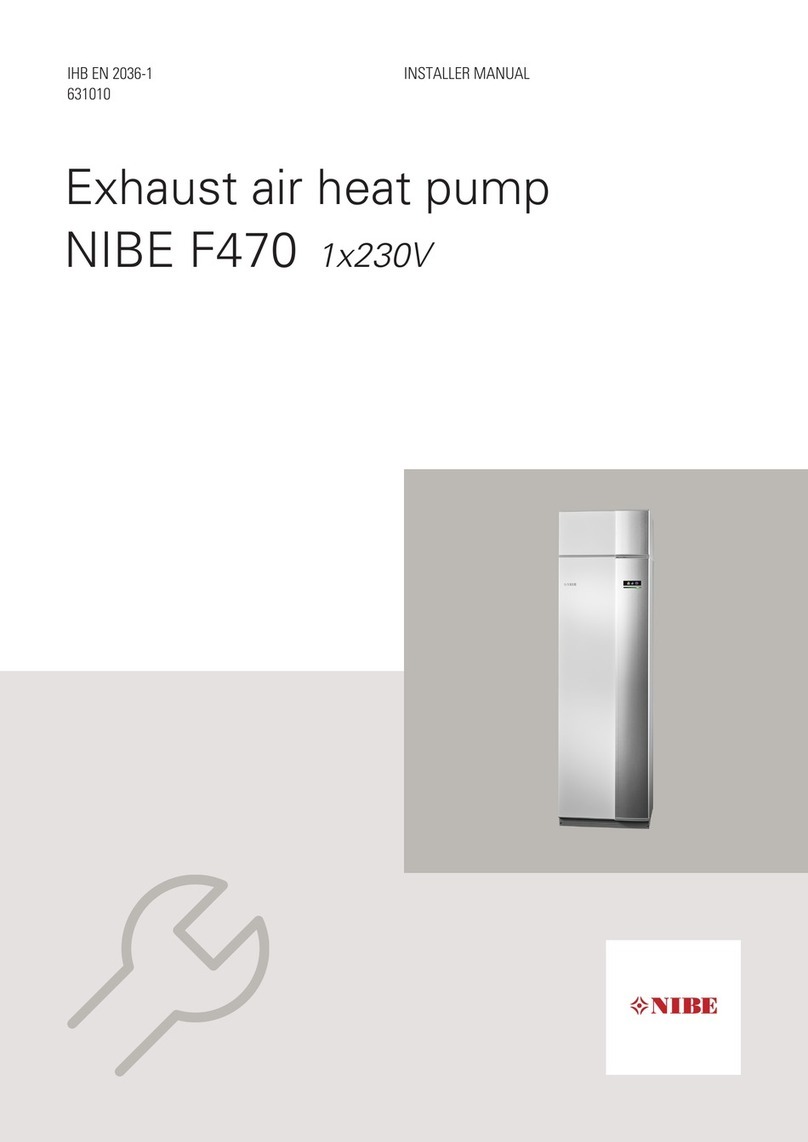
Nibe
Nibe F470 User guide

Nibe
Nibe ClimateMaster Tranquility 30 Digital Series Guide
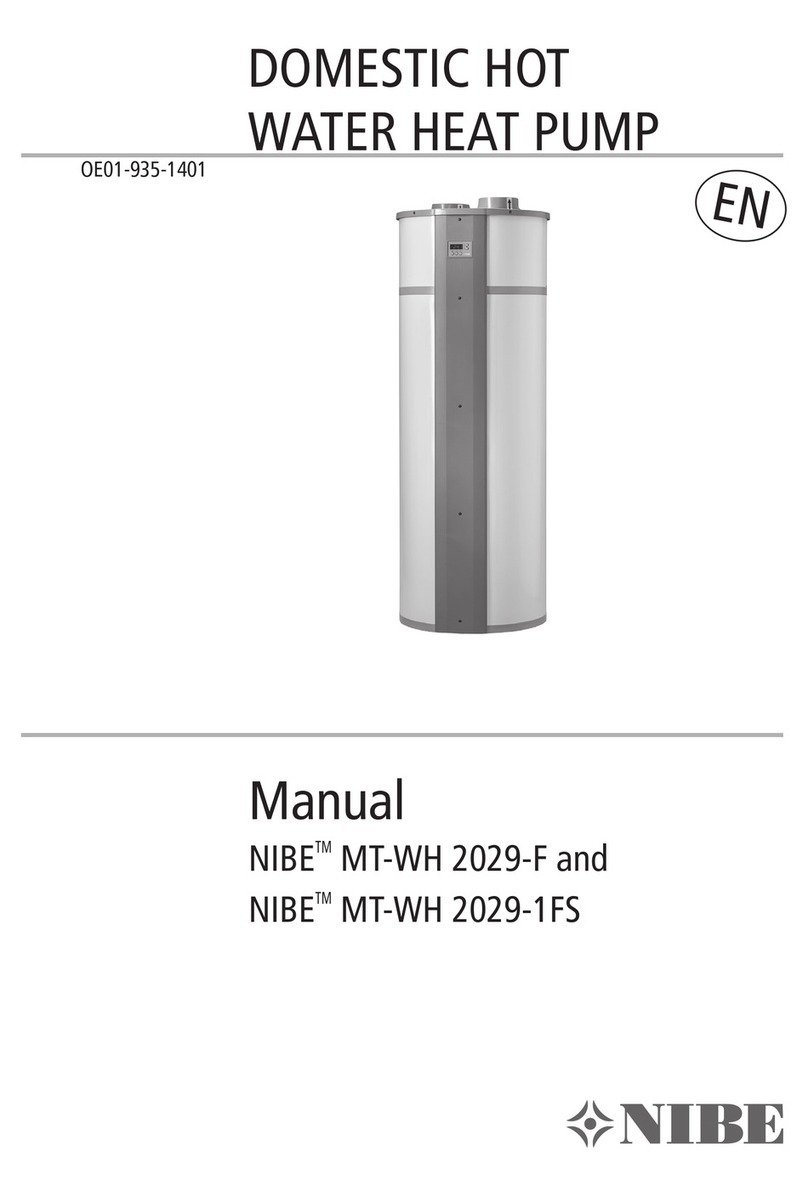
Nibe
Nibe MT-WH 2029-F User manual
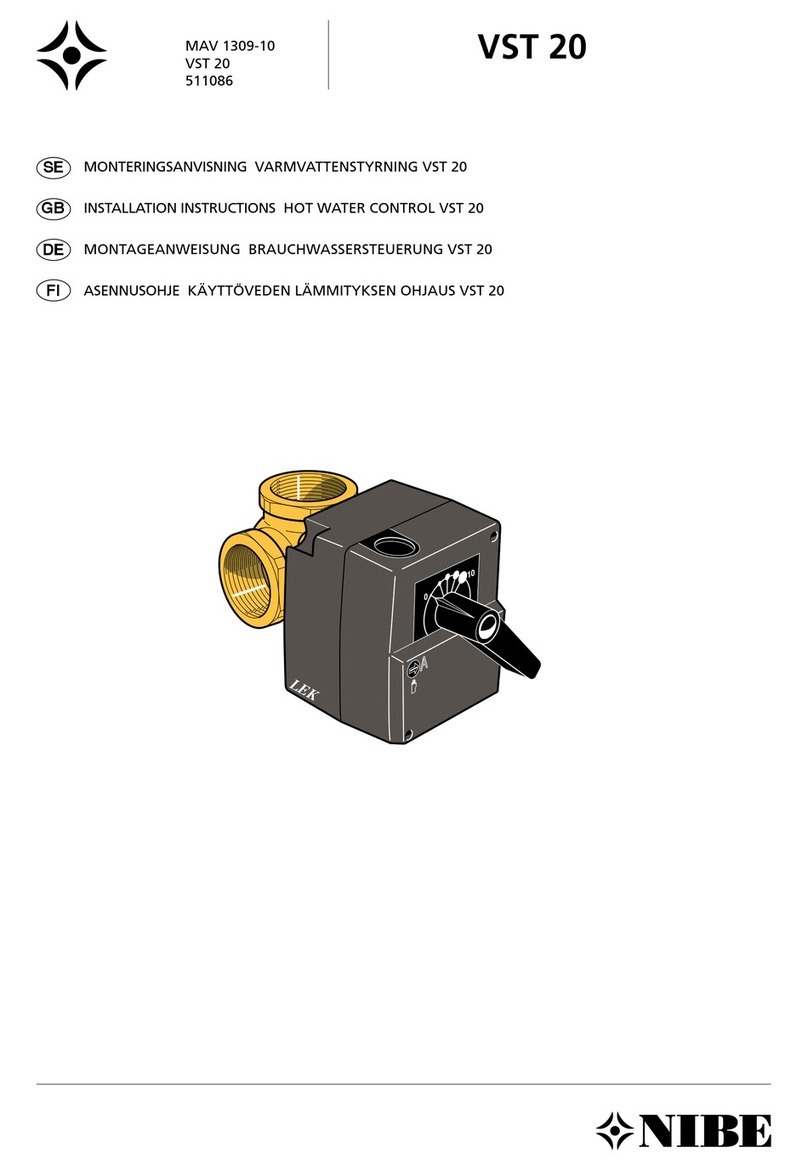
Nibe
Nibe VST 20 User manual

Nibe
Nibe F1355 Series User guide
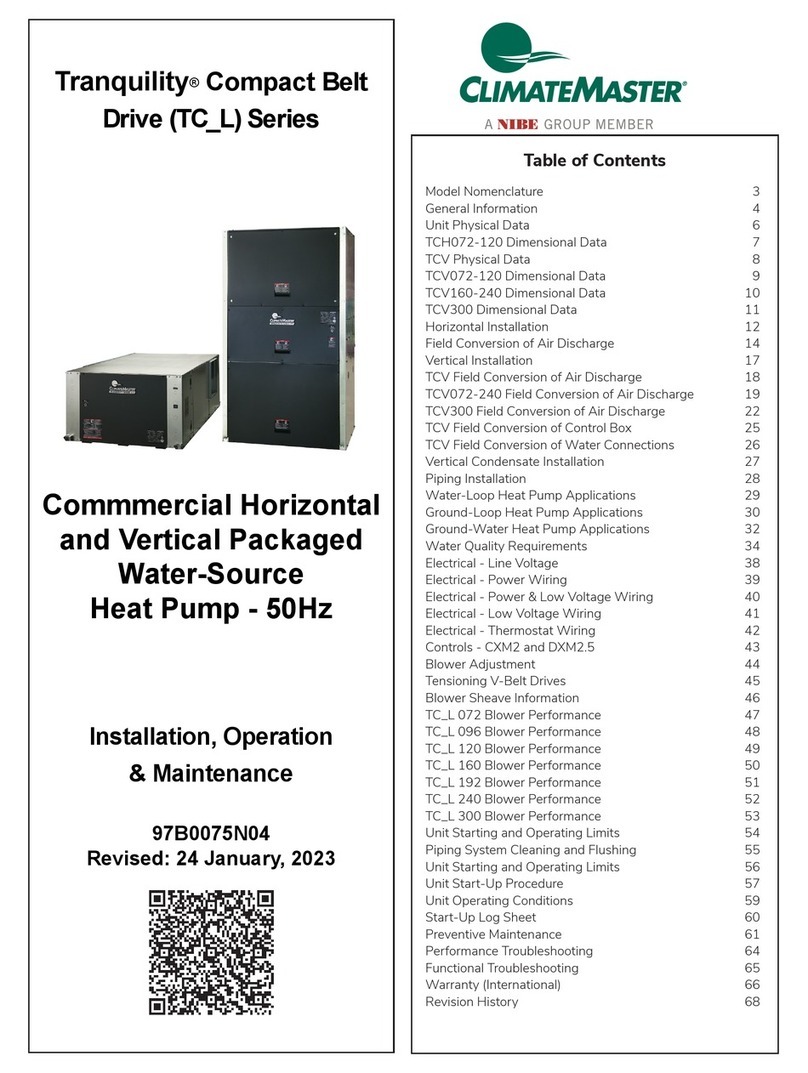
Nibe
Nibe ClimateMaster Tranquility TC L Series Owner's manual
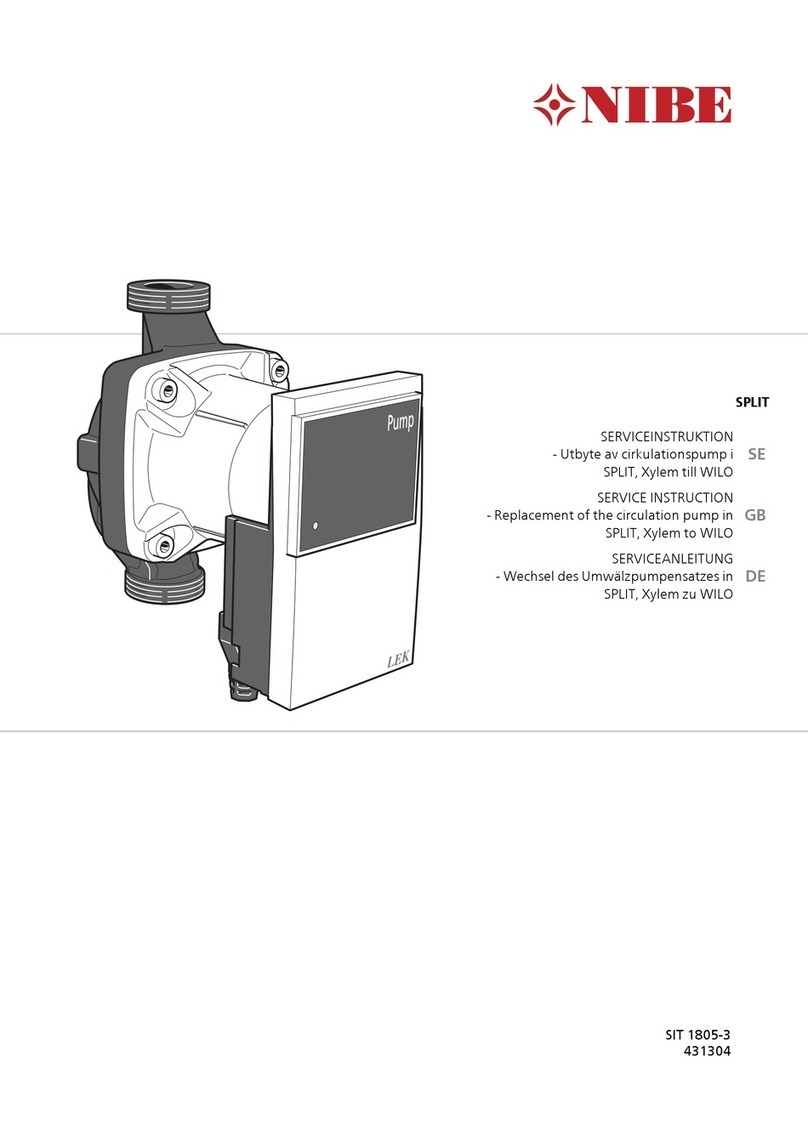
Nibe
Nibe SPLIT Original operating manual
Popular Heat Pump manuals by other brands

Mitsubishi Electric
Mitsubishi Electric PUZ-SWM60VAA Service manual

Dimplex
Dimplex LI 16I-TUR Installation and operating instruction

Carrier
Carrier WSHP Open v3 Integration guide

TGM
TGM CTV14CN018A Technical manual

Carrier
Carrier 38MGQ Series installation instructions

Kokido
Kokido K2O K880BX/EU Owner's manual & installation guide

Viessmann
Viessmann VITOCAL 300-G PRO Type BW 2150 Installation and service instructions
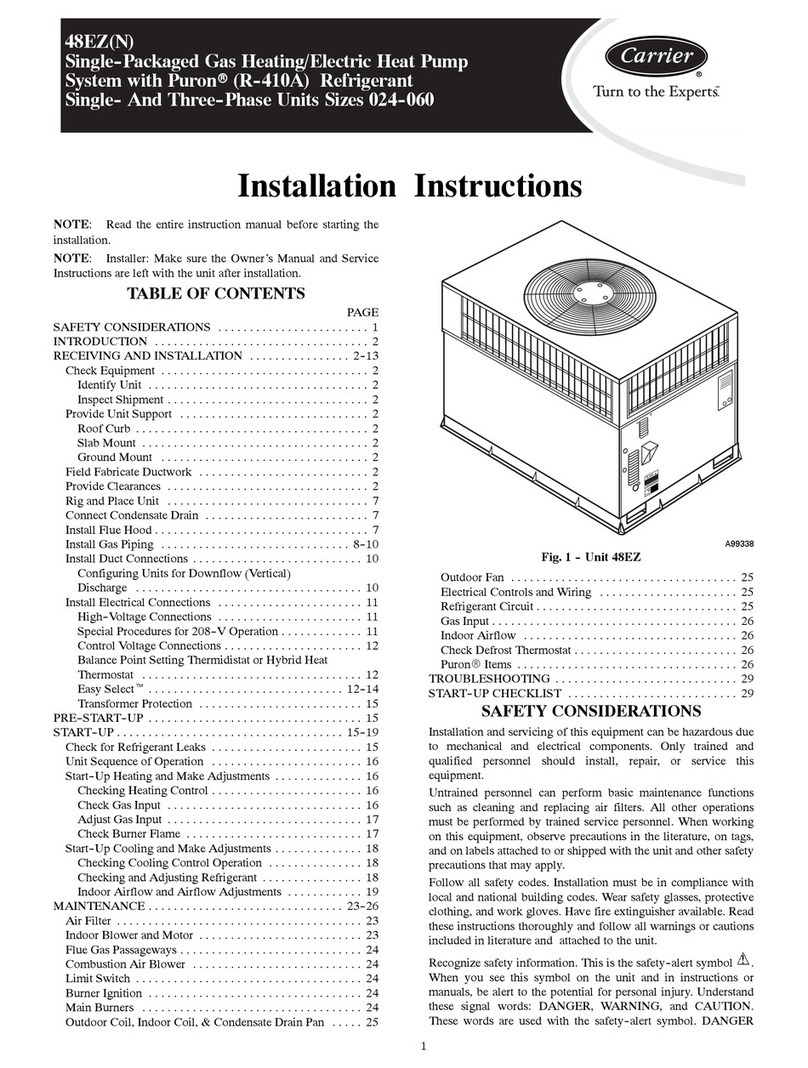
Carrier
Carrier 48EZN installation instructions
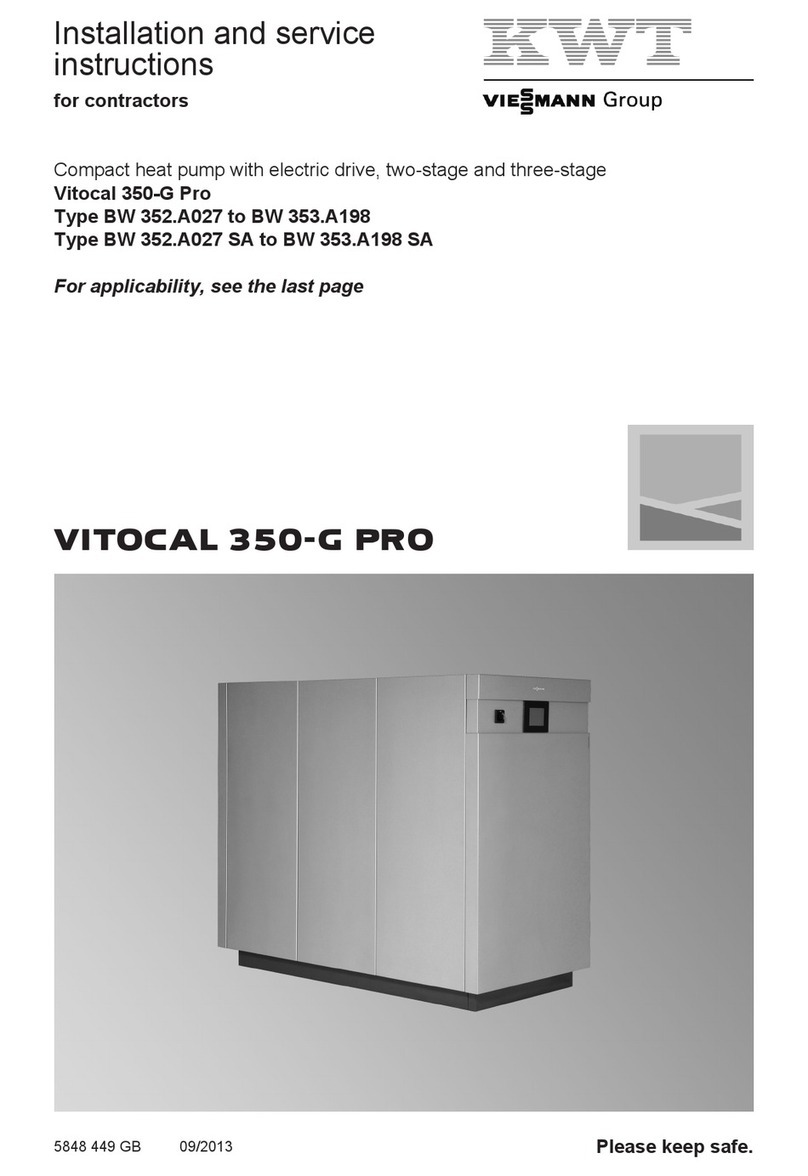
Viessmann
Viessmann KWT Vitocal 350-G Pro Series Installation and service instructions for contractors
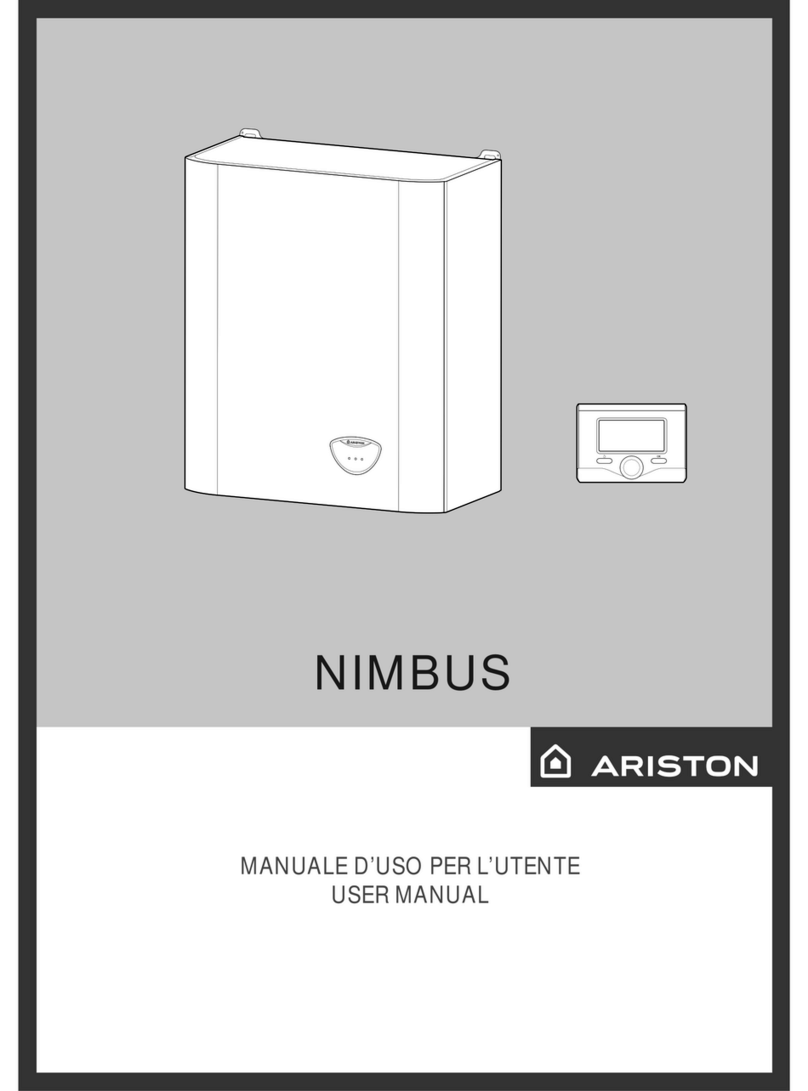
Ariston
Ariston NIMBUS user manual

Weishaupt
Weishaupt WWP L 7 Installation and operating instruction
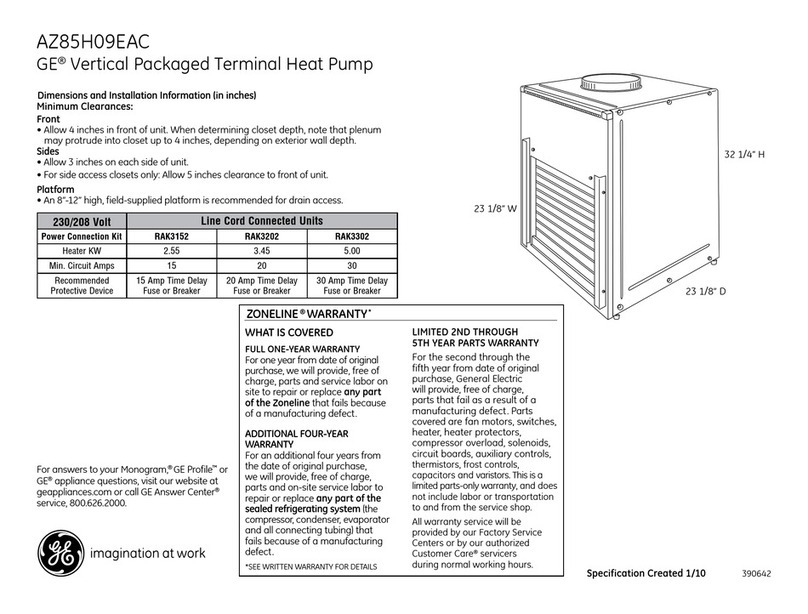
GE
GE Zoneline AZ85H09EAC datasheet


